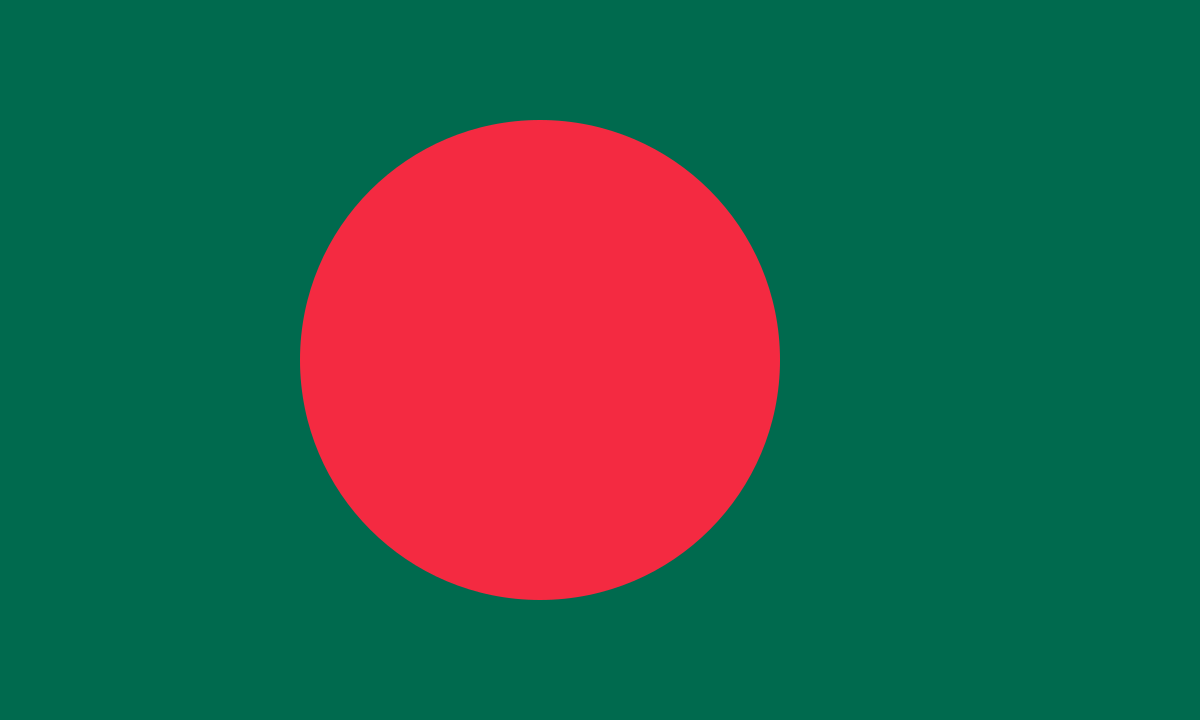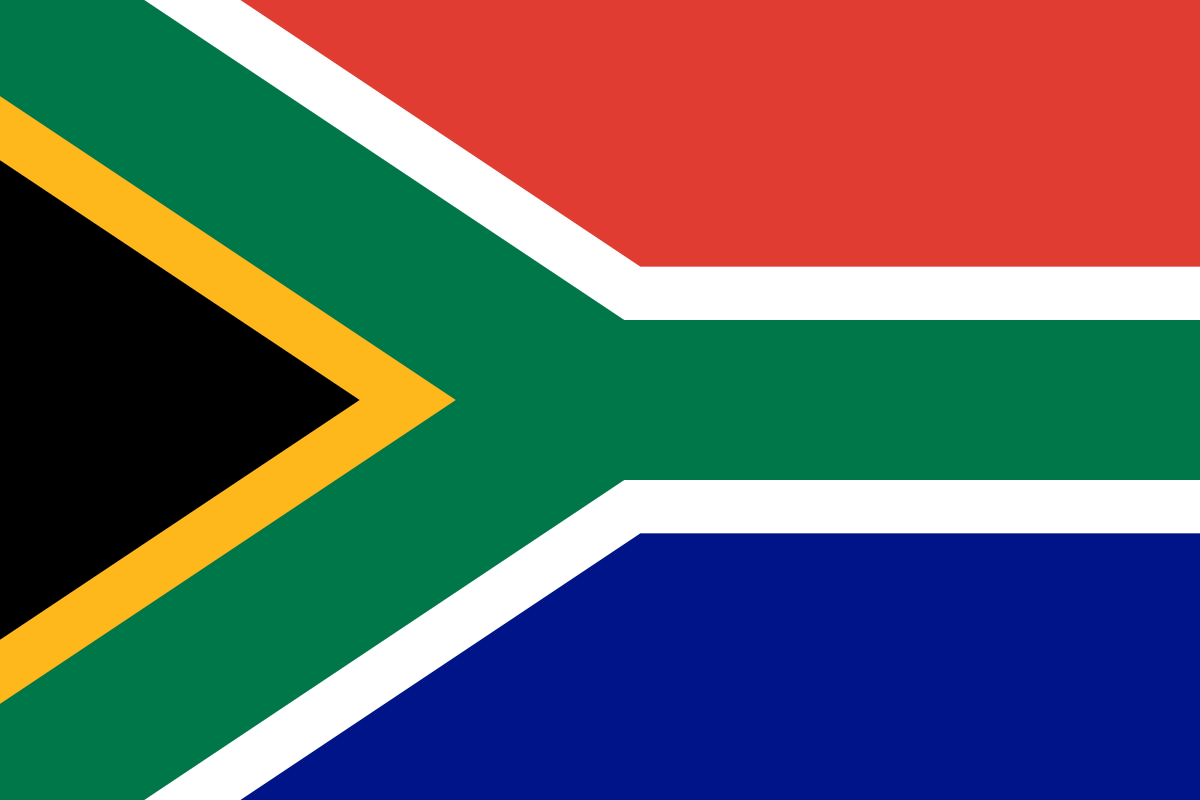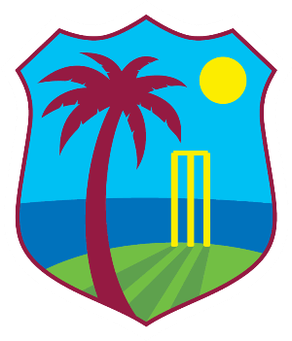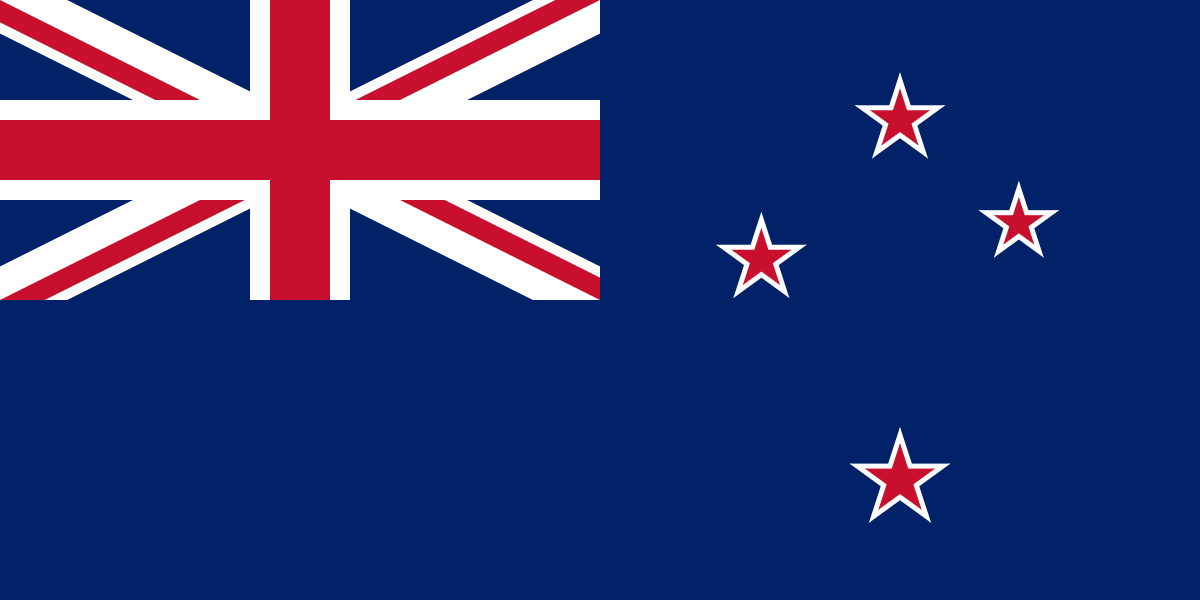Cricket's financial ecosystem
Cricket, a sport deeply ingrained in the cultural fabric of many nations, has evolved into a significant global industry. At its heart are the national cricket boards, the custodians and promoters of the game within their respective territories. These organizations not only manage the national teams and administer domestic competitions but also play a crucial role in the sport's financial ecosystem through lucrative media rights, sponsorships, and the burgeoning T20 franchise leagues.
This comprehensive analysis delves into the financial prowess and operational structures of the world's most influential cricket boards, providing a detailed look at their revenue streams, key responsibilities, and recent developments. The estimated net worth values are based on publicly available financial reports and industry analyses for the fiscal year ending 2024 or projected for 2025 where available, converted to PKR and USD for easier comparison.
The Financial Elite of World Cricket


The BCCI is, by a significant margin, the wealthiest and most influential cricket board in the world. Its financial dominance stems overwhelmingly from the Indian Premier League (IPL), which alone contributes over 80% of its total revenue. The board effectively controls a substantial portion of global cricket's commercial value and decision-making.
- IPL media rights (reportedly $6.2 billion for 2023-2027 cycle)
- Team India sponsorship deals (e.g., Adidas, Dream11)
- Share of ICC revenue (currently the largest share at 38% of total distributions)
- Broadcast rights for international bilateral series played in India
- Domestic tournament sponsorships and gate revenues
Recent Development: The BCCI recently finalized new media rights for various domestic competitions, further solidifying its financial base. Its influence on the global cricket calendar continues to grow, with the IPL window becoming a major fixture.


Cricket Australia maintains its financial strength through premium broadcast deals and the success of the Big Bash League (BBL). The Ashes series remains their most valuable property.
- Seven Network/Foxtel broadcast deal (A$1.2 billion over 7 years from 2018)
- Big Bash League (BBL) and Women's Big Bash League (WBBL) commercial rights
- Corporate partnerships (e.g., Commonwealth Bank, KFC, Vodafone)
- Ticket sales for international matches, particularly the Ashes)
Recent Development: CA is continuously working on optimizing the BBL calendar to maximize viewership and commercial appeal, and has invested heavily in junior cricket pathways.


The ECB has successfully navigated the complexities of modern cricket by introducing innovative formats like The Hundred while retaining the strong appeal of traditional Test matches. Their long-standing broadcast partnership with Sky Sports is a cornerstone of their financial strategy.
- Sky Sports/BBC broadcast rights (significant multi-year deals)
- Commercial income from The Hundred (franchise sales, sponsorships)
- Ticket sales for international Test and limited-overs matches
- Sponsorships (e.g., LV= Insurance, Vitality)
Recent Development: The ECB is focusing on expanding the reach and commercial viability of The Hundred, aiming to make it a globally recognized franchise tournament.


The PCB has significantly bolstered its financial standing through the immense popularity and commercial success of the Pakistan Super League (PSL). Regular hosting of international series, particularly after a period of limited home cricket, has also been critical to their revenue growth.
- Pakistan Super League (PSL) media rights, sponsorships, and franchise fees
- Broadcast deals for international home series
- Team Pakistan sponsorships (e.g., Pepsi, TCL)
- ICC distributions
Recent Development: The PCB has aggressively pursued a strategy of hosting more international cricket, including multi-format series, which has improved financial stability and fan engagement.


The BCB has demonstrated remarkable financial growth, primarily fueled by the deeply passionate cricket fanbase in Bangladesh and the success of the Bangladesh Premier League (BPL). Consistent international performances by the national team also ensure robust interest and broadcast revenues.
- Bangladesh Premier League (BPL) media rights and franchise earnings
- Broadcast rights for international home matches
- National team and tournament sponsorships
- ICC funding and bilateral tour agreements
Recent Development: The BCB is investing in expanding its domestic cricket structure and youth development programs to ensure a continuous pipeline of talent and maintain its competitive edge.


Cricket South Africa's financial health has significantly improved with the successful launch of the SA20 league, which attracted substantial investment, including from IPL franchises. This T20 league is rapidly becoming a major revenue driver, alongside traditional broadcast deals and sponsorships.
- SA20 league commercial rights and team sales
- Broadcast deals for international home series
- National team sponsorships (e.g., Betway, New Balance)
- ICC distributions
Recent Development: The SA20 league has proven to be a game-changer for CSA, providing a stable and lucrative financial stream that is helping to stabilize the board and reinvest in domestic cricket.

Zimbabwe Cricket has faced significant financial challenges over the years but has made strides in recent times, largely dependent on ICC grants and revenue generated from hosting tours by stronger cricketing nations. Efforts to develop local leagues, like the Zimbabwe T10, are also contributing to their financial stability.
- ICC development grants and distributions
- Revenue from hosting international bilateral series
- Limited local sponsorships and commercial partnerships
- Emerging domestic T10 league
Recent Development: ZC is actively working to increase the number of international fixtures and attract more investment to strengthen their domestic infrastructure and youth programs.


Sri Lanka Cricket's financial standing is heavily influenced by its success in hosting international tours and the growth of the Lanka Premier League (LPL). The board also benefits from national broadcast rights and various commercial partnerships, though economic and political stability within the country can present challenges.
- Lanka Premier League (LPL) revenue (media rights, sponsorships)
- Broadcast rights for international home matches
- National team sponsorships (e.g., Dialog Axiata)
- ICC funding and bilateral tour income
Recent Development: The LPL has gained significant traction, providing a more consistent and predictable revenue stream, which is crucial for the board's long-term financial health.


Cricket West Indies faces unique challenges due to its geographically dispersed member nations but leverages the popular Caribbean Premier League (CPL) and hosting rights for international tournaments. ICC distributions and revenue from touring high-profile teams are also crucial for CWI's operations.
- Caribbean Premier League (CPL) commercial rights
- Broadcast rights for home international series
- ICC revenue share and event hosting fees
- Sponsorships (e.g., Sandals, Betway)
Recent Development: Co-hosting the ICC Men's T20 World Cup 2024 was a significant event, expected to provide a substantial financial boost and enhance global visibility for West Indies cricket.


New Zealand Cricket operates with a lean but effective financial model, primarily relying on broadcast rights for its well-performing national teams and its share of ICC revenue. Despite being a smaller market, their consistent competitive performance ensures high-profile international tours.
- Broadcast rights for international home series
- ICC distributions and participation fees in global tournaments
- National team sponsorships (e.g., ANZ, Ford)
- Domestic competition revenues (e.g., Plunket Shield, Super Smash)
Recent Development: NZC is continuously exploring innovative ways to engage fans and maximize commercial opportunities from their strong national teams, particularly through digital content.
Complete Financial Comparison
| Rank | Board | Country | Net Worth (PKR) | Net Worth (USD) | Main Revenue Source |
|---|---|---|---|---|---|
| 1 | BCCI | India | 61,548 Cr | $2.2B | IPL Media Rights |
| 2 | Cricket Australia | Australia | 2,158 Cr | $79M | Broadcast Deals |
| 3 | ECB | England | 1,614 Cr | $59M | The Hundred |
| 4 | PCB | Pakistan | 1,502 Cr | $55M | PSL |
| 5 | BCB | Bangladesh | 1,394 Cr | $51M | BPL |
| 6 | CSA | South Africa | 1,283 Cr | $47M | SA20 |
| 7 | ZCB | Zimbabwe | 1,040 Cr | $38M | ICC Grants |
| 8 | SLC | Sri Lanka | 547 Cr | $20M | LPL |
| 9 | CWI | West Indies | 410 Cr | $15M | CPL |
| 10 | NZC | New Zealand | 246 Cr | $9M | Broadcast Rights |
Industry Trends & Future Projections
The global cricket landscape is dynamic, with several key trends shaping the financial future of its governing bodies:
Current Financial Trends
2025-2030 Projections
"The financial stratification we're witnessing will fundamentally change cricket's competitive landscape. While India's dominance continues, the smart money is on boards like Pakistan and Bangladesh as significant growth markets, driven by their passionate fan bases and burgeoning T20 leagues. The next decade will see cricket boards operating increasingly like sophisticated media and entertainment companies rather than just sports administrators."
— Dr. Sarah Thompson, Sports Economist at Cambridge University
Conclusion
Cricket's financial ecosystem is undergoing rapid transformation, moving beyond traditional Test and ODI revenues into a more diversified portfolio driven by the global appeal of T20 franchise leagues and digital broadcasting. While the BCCI's unparalleled financial might sets it apart, other boards are strategically leveraging their unique strengths and domestic competitions to secure their financial futures.
The key to sustained growth for all boards, especially those outside the top tier, lies in developing resilient domestic structures, nurturing digital audiences, and creating year-round revenue streams that reduce dependence on fluctuating ICC distributions and infrequent high-profile tours. The future of cricket promises to be as commercially exciting as it is competitively thrilling.


